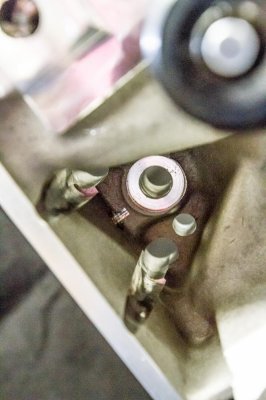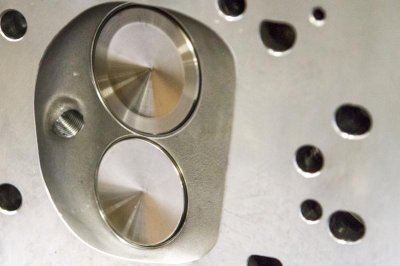dieseldazzle
Well-Known Member
Why are you using undersize cam bearings???
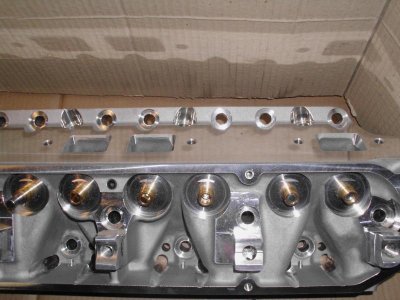
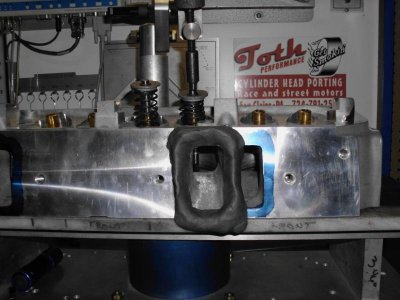
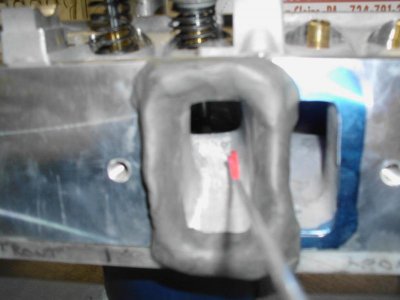
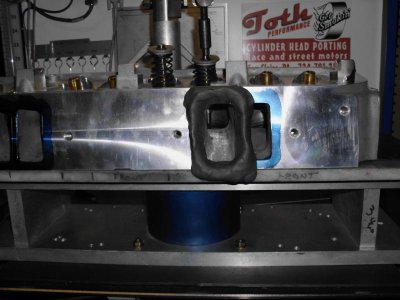
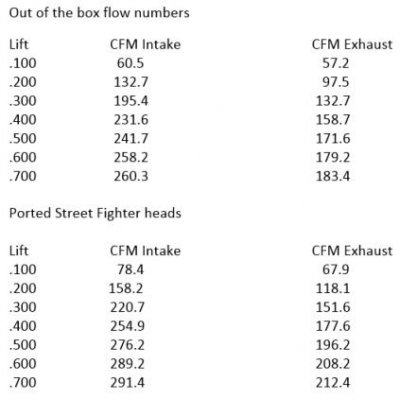
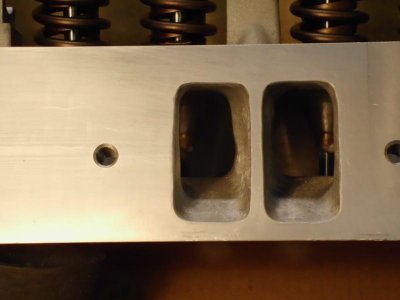
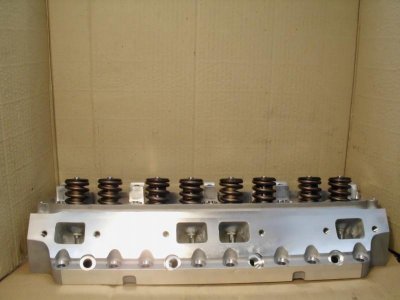
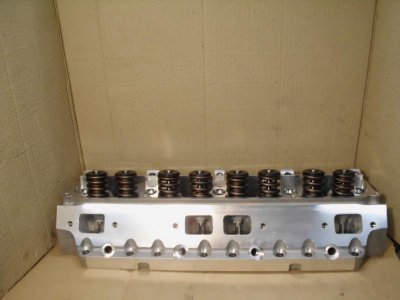
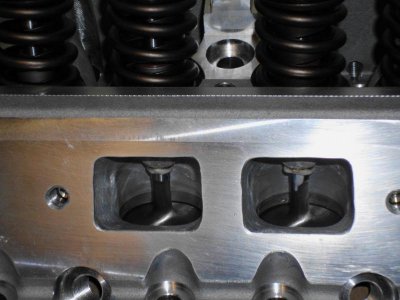
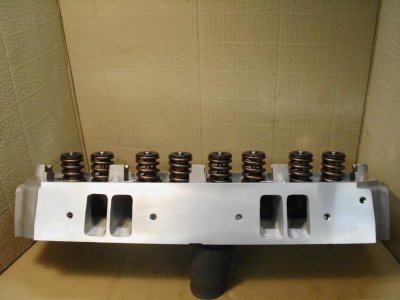
Heads look great! Yeah flow is complex that's for sure. I'll throw another wrench into the machine - regardless of lift, an engine can only draw so much cfm per rpm, no matter what the cfm of the heads is, of course because the cylinder is only so big. For instance, your 383 can only pull 47.875 ci of air into each cylinder per rpm, or 287,250 ci per minute at 6000 rpm. This equates to 166cfm that your 383 will draw at 6000 rpm. So how can your motor benefit from this heads?? The answer is that CFM is proportional to RESISTANCE TO FLOW. So your motor has to waste less HP pushing and pulling all that air and can put it into turning the wheels.
I know I'm not an engine builder, but I love talking about this stuff (much to my wife's unending frustration lol).
That is interesting. Do you have a calculation or formula that I can use to determine this for other CI sizes? I am guessing it is based on bore size and stroke correct? How does it change (most likely nominal) for oversized bores?
Is there a calculation for what HP is wasted for example?
Because filling of the cylinder is really a timed event, due to the fact that you only have the small amount of time when the piston starts down on the intake stroke and the intake valve begins to open. Once the piston starts up on the compression stroke the valve goes shut your opportunity to fill the cylinder is over at that point. In relation the faster the air speed (feet per second) the more air and fuel mixture can be forced into the cylinder.
A lot of people believe that piston moving down on the intake stroke draws the mixture into the cylinder, That is not the case actually the piston going down causes a void (or opening) in the cylinder which allows the atmospheric pressure to force the air and fuel in. So the faster the air in the port can travel the more air and fuel can be forced into the cylinder while the intake valve is open.
I had a customer in the shop one day and I was explaining the same thing to him, he wasn't understanding the theory. It was in the summer and I had my garage door up and the window in the rear wall open so the breeze could blow through. I told him to go over and stand in my garage door opening and asked if he could feel the air moving through the big opening. He said yes but it wasn't moving very fast. Then I told him to close the garage door and go over to the smaller mad door and open it and stand in it. The he realized what I had been trying to explain to him, he said I can really feel the air rushing past me in the smaller opening. air was being forced in through the same open window. So in respect the larger you make intake port the slower the air speed is, velocity in the port makes more torque. Actually if you can get the velocity in the entire port close to being the same allows the air to move through it more efficiently (no turbulents) allowing it to flow more CFM.
I will let you know..Once my heads arrive. Right now from memory, the piston at TDC is .015 from the deck.
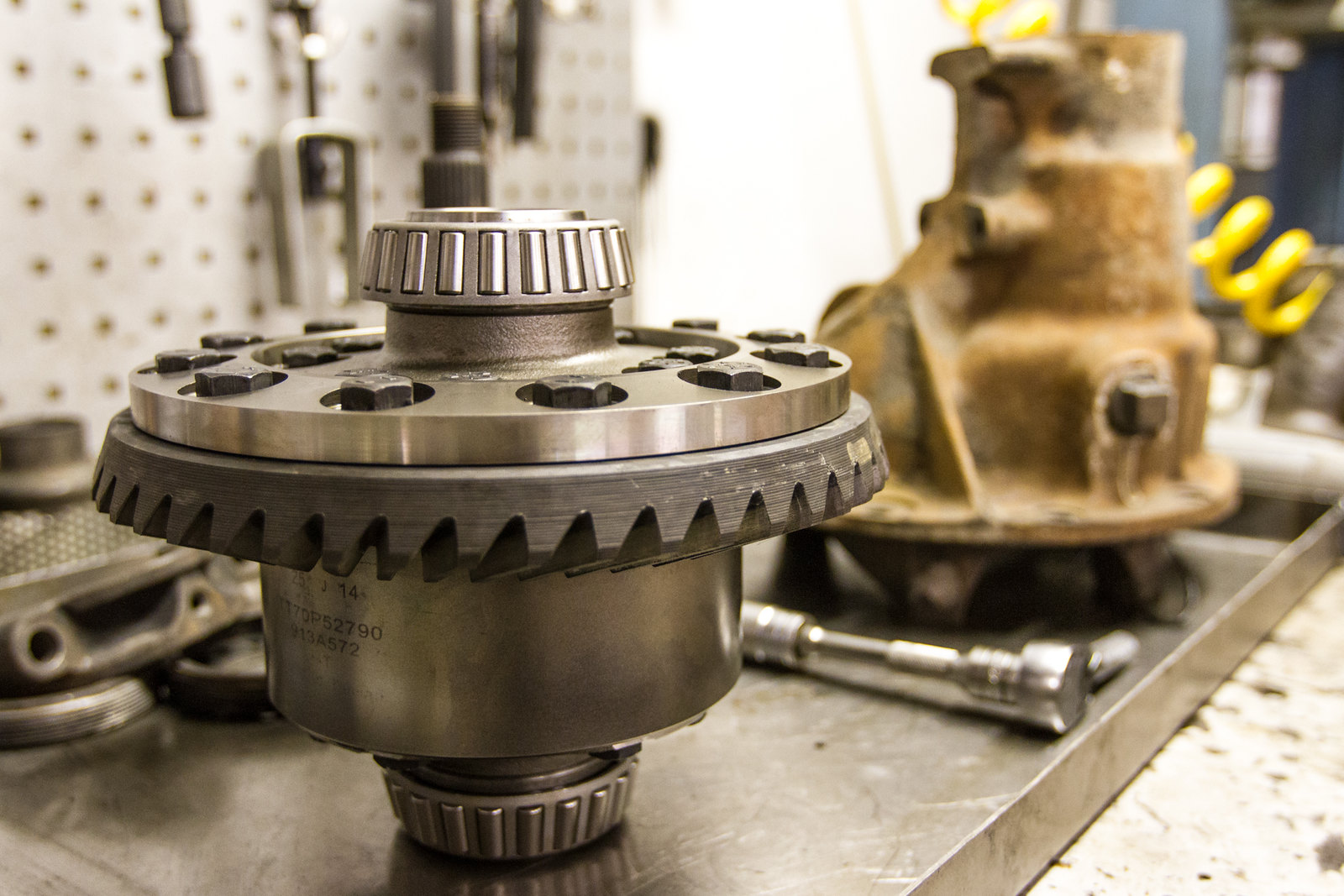
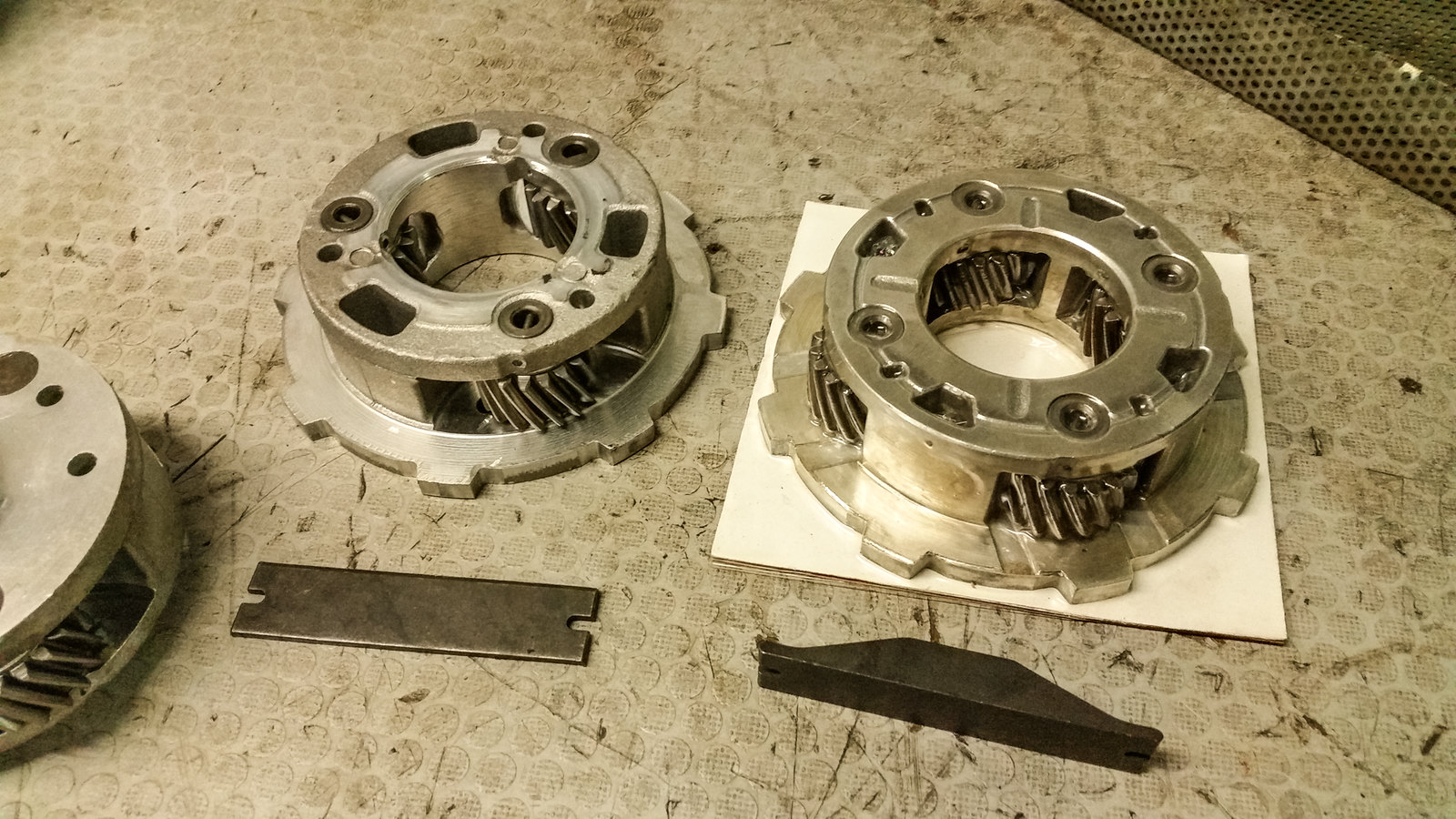
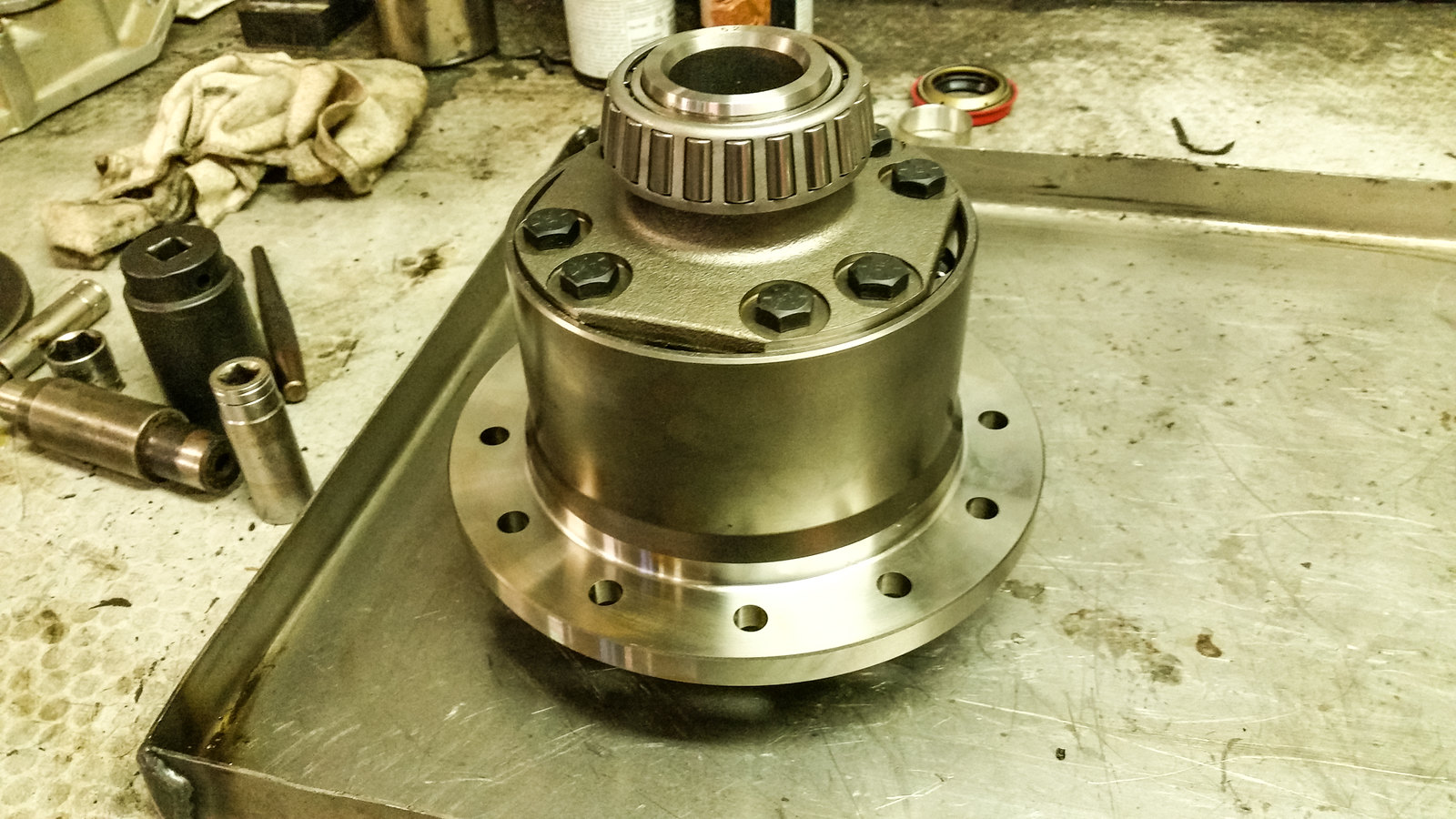

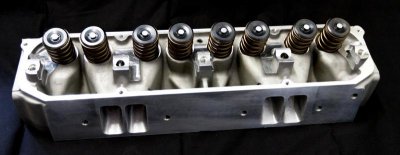 View attachment 250220View attachment 250221
View attachment 250220View attachment 250221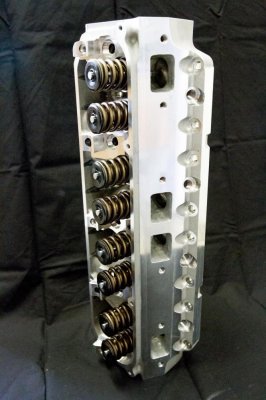
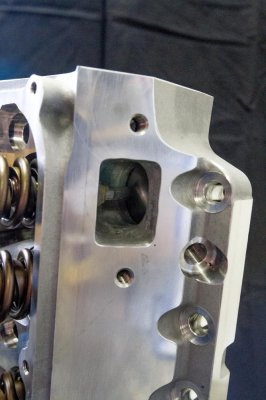 View attachment 250224
View attachment 250224